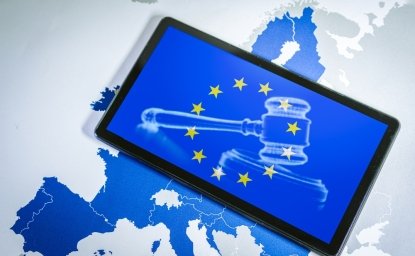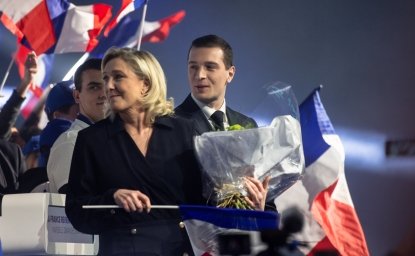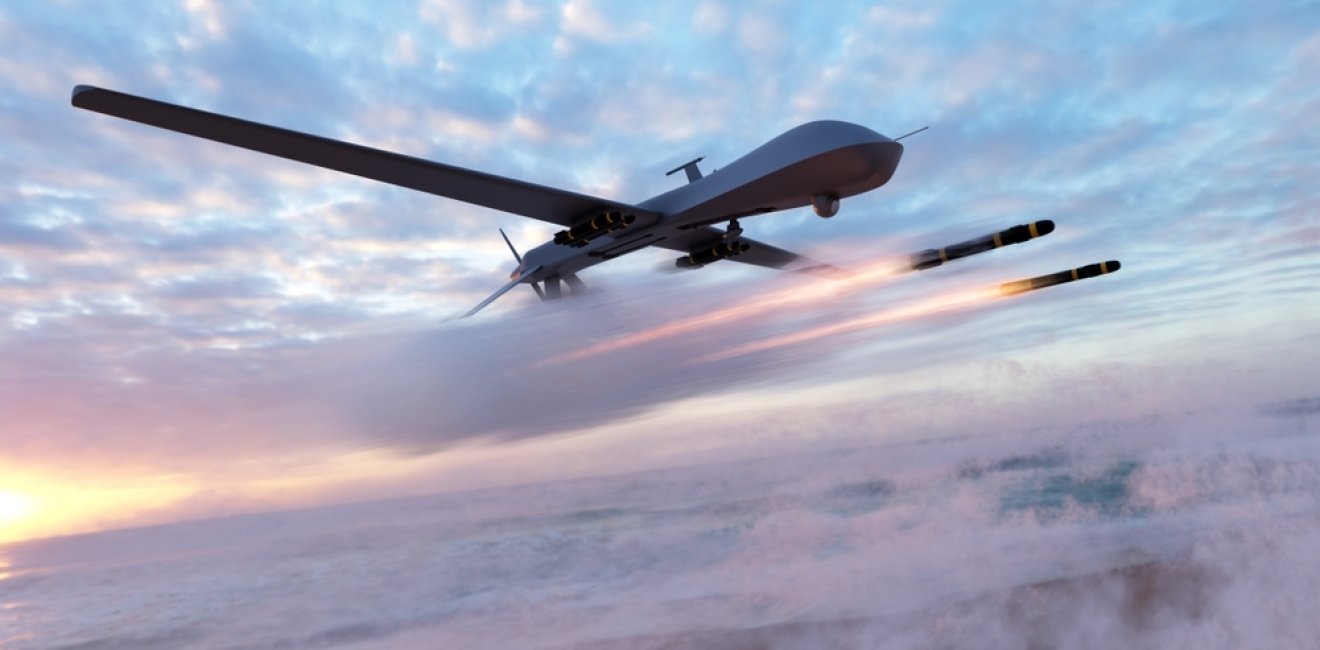The Ukrainian military enters the third year of their war with Russia with a grim determination to resist, but a growing scarcity of ammunition. Despite strong political statements of support from Ukraine’s international partners, Europe in particular has been late to take the industrial measures to change intent into reality. That is now beginning to change, with several ‘capability coalitions’ being established to cohere support for Ukraine, but implementing the concept will not be straightforward.
France and the United States lead by far the most important of these coalitions, intended to secure Ukraine a steady flow of artillery ammunition. Artillery has inflicted approximately 80% of losses on both sides, and so the balance of firepower is a critical variable in the trajectory of the war. At present, Ukraine has barely 2.000 rounds a day to Russian’s 10.000.
Although artillery shells are not the most complicated thing to make, this line of effort comes with challenges. Firstly, there is the question of sustained US commitment to the effort. Secondly, despite NATO having standardized on the 155mm artillery rounds, there is considerable variation between shells of this caliber across the alliance. Rapidly expanding production partly means rationalizing what is produced, but these risks prejudicing some key nations’ domestic defense industries. France must therefore work out how–as a country known for aggressive protection of its own defense industrial base–it can cohere European efforts while reducing the number of variants across the alliance.
Another vital line of effort led by Germany is the Air Defence Capability Alliance. Russia has significantly expanded its production of long-range strike systems and has used them to target critical national infrastructure and Ukraine’s defense industrial base to considerable effect. This has forced Ukraine to actively defend these sites, expending considerable volumes of air defense interceptors. The problem is that if these run out, the Russian Air force will gain freedom to bomb Ukrainian units from medium altitude, which could turn the tide of the fighting at the front.
Air defense has not been a major priority for the last 30 years in NATO countries and as a result production capacity is small. Unlike shells, air defense interceptors and their supporting radar are also highly complex weapons with complex circuitry, low tolerances, and complex materials. Expanding production is therefore not quick. The other challenge that Germany faces is that NATO has belatedly realized that it is chronically short of air defense itself. While production capacity for shells is, in some respects, more important than available stockpiles, air defense interceptors take long enough to manufacture that many NATO members may prioritize restocking and expanding the coverage of their own territory before letting new systems be passed to Ukraine.
Britain and Latvia, meanwhile, are leading an Unmanned Aerial Vehicles (UAV) coalition, intended to significantly expand the availability of drones for the Armed Forces of Ukraine. UAVs are a critical tool throughout tactical formations for both finding and observing the enemy and striking them. The rate of UAV consumption, however, is extremely high as electronic warfare brings down hundreds of drones per day. There is therefore a massive demand for UAVs.
Providing UAVs, however, is not as simple as mass producing a quadcopter. UAV efficiency in Ukraine fluctuated wildly depending on where in a cycle the sides are between fielding new platforms with novel navigation and communications protocols, and the corresponding electronic attacks that seek to jam command links or interfere with navigation. Generally, this cycle evolves every six weeks. UAVs must be adapted – whether that means being reprogrammed, or receiving new antenna, sensors, and processing units - or rapidly lose their effectiveness. While much attention, for example, has been given to the ‘Shahed-136’ UAV, this body is actually fielded by the Russians in a vast array of configurations. There are approximately five families of navigation antenna alone for this one drone, with up to six variants of each navigation antenna.
There is therefore a serious challenge for the UK and Latvia. On the one hand, the scale of demand is huge, but on the other achieving economies of scale is exceedingly difficult when the design must be continuously altered. To get around this it is necessary to standardize the most key components – airframe, modular sensors, antenna types, and thereafter to regularly adjust the configuration fielded. Although this is achievable it is not how military procurement – especially in the United Kingdom – is structured. Delivering a sustainably effective capability for Ukraine, therefore, likely requires significant reform of how equipment is procured. Learning how to establish an appropriate process and contracting mechanism is not just vital for Ukraine but for NATO if it is to have the right mechanisms to ensure its own security in the future.
Despite the complexity of these tasks, two years of complacency among Ukraine’s partners means that all of them must be completed successfully and urgently. There is little margin for delay. Russia began to mobilize its defense industry in the second half of 2022 and has massively expanded production of key war materials. The race to rearm Ukraine, and regenerate NATO’s military industrial base, therefore, is likely to become a decisive factor in determining the future security of Europe.
Dr. Jack Watling is a Global Fellow at the Wilson Center. His latest project -- “Lessons from Ukraine – Preparing NATO for a New Era” – will address the future of Europe’s security architecture and the competitiveness of Western force design.
Author

Senior Research Fellow for Land Warfare at the Royal United Services Institute

Global Europe Program
The Global Europe Program is focused on Europe’s capabilities, and how it engages on critical global issues. We investigate European approaches to critical global issues. We examine Europe’s relations with Russia and Eurasia, China and the Indo-Pacific, the Middle East and Africa. Our initiatives include “Ukraine in Europe”—an examination of what it will take to make Ukraine’s European future a reality. But we also examine the role of NATO, the European Union and the OSCE, Europe’s energy security, transatlantic trade disputes, and challenges to democracy. The Global Europe Program’s staff, scholars-in-residence, and Global Fellows participate in seminars, policy study groups, and international conferences to provide analytical recommendations to policy makers and the media. Read more

Explore More
Browse Insights & Analysis
The OSCE is a Good Value for America

The Growing Transatlantic “Big Tech” Rift Explained

The Future of France's Far-Right Party

